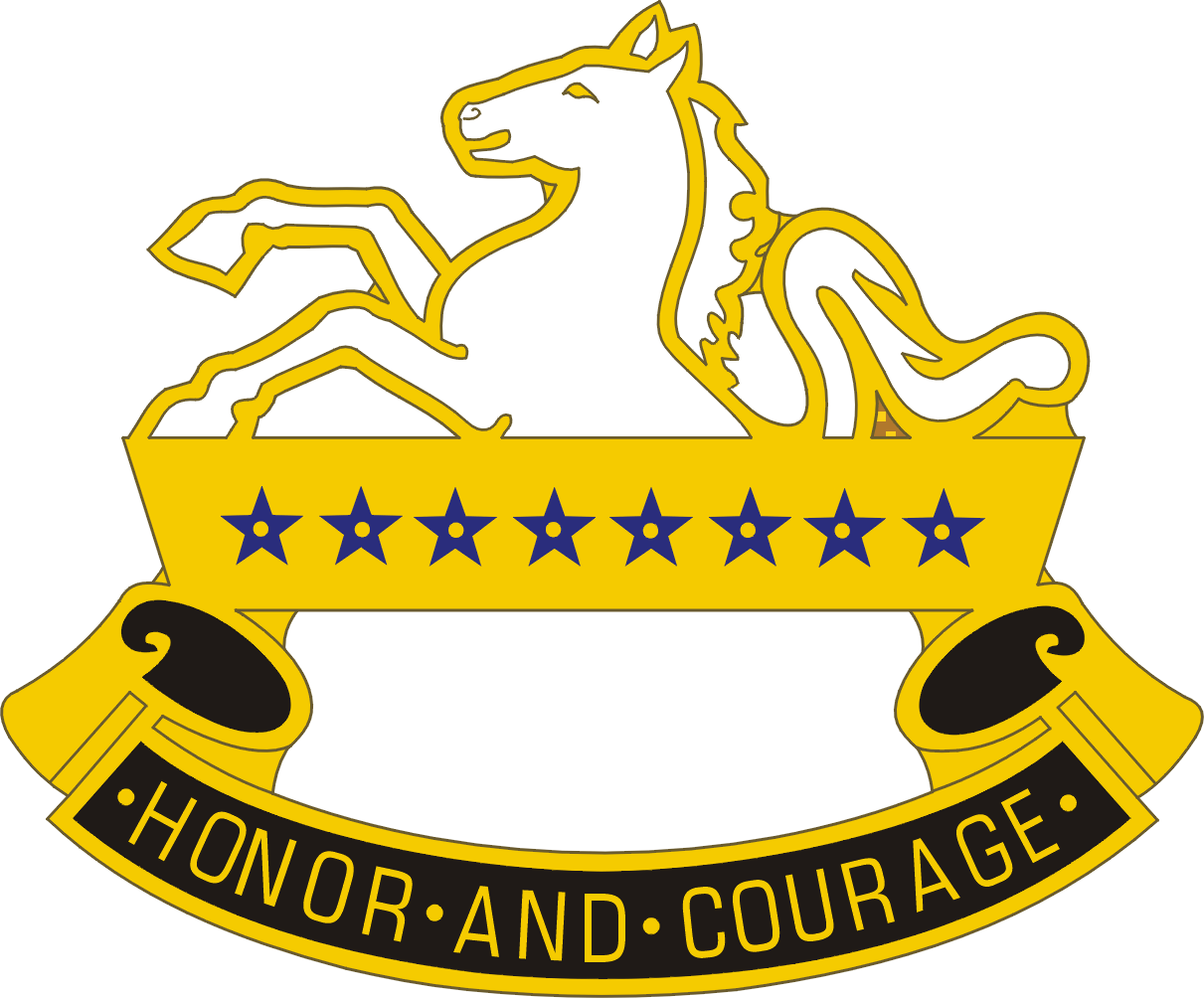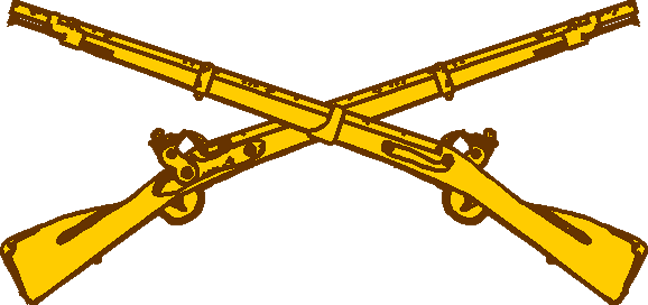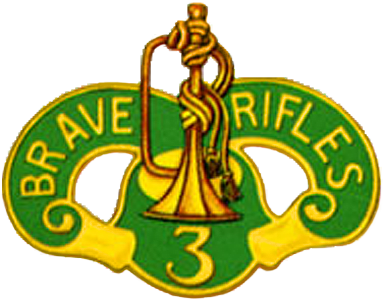|
Fort Cummings
Fort Cummings is a former U. S. Army post located near Cooke's Springs, in Luna County, New Mexico. It is located 20 miles northeast of Deming, New Mexico. Cooke's Spring Cooke's Spring () was named for Philip St. George Cooke 2nd U.S. Dragoons the former commander of the Mormon Battalion, that was exploring this area of New Mexico in 1853. It was the only large supply of fresh water between Mesilla and the Mimbres River for wagons heading to California on the Southern Emigrant Trail as well as the later Butterfield Overland Mail stagecoach route. The Cooke's Spring Station of the Butterfield Overland Mail was located near Cooke's Spring from 1858 to 1861. Cookes Springs were located at the eastern mouth of the upper part of Cooke%27s Canyon which led to Cooke's Pass a narrow gap in the Cooke's Range(). Between 1848 and 1861 the pass was a dangerous place for travelers, who were often ambushed and killed by the Apache as they passed through it. Following the Bascom Affair t ... [...More Info...] [...Related Items...] OR: [Wikipedia] [Google] [Baidu] |
Luna County, New Mexico
Luna County is a county located in the U.S. state of New Mexico. As of the 2010 census, the population was 25,095. Its county seat is Deming. This county abuts the Mexican border. Luna County comprises the Deming, NM Micropolitan Statistical Area. History Luna County was formed from parts of Grant County and Doña Ana County by the New Mexico Legislature on March 16, 1901. It was named for Solomon Luna, a politician who advocated for independence of the county, following a strong rivalry between the cities of Deming and Silver City, both of which were at the time in Grant County. Before dawn on March 16, 1916, Mexican revolutionary Pancho Villa led several hundred of his rebel soldiers across the Mexican border into the southern county village of Columbus. The invaders raided and burned much of the town, causing many residents to flee to the desert. Although the raid completely surprised everyone in the town, it also awakened 350 United States Army soldiers at Camp Furlon ... [...More Info...] [...Related Items...] OR: [Wikipedia] [Google] [Baidu] |
California Column
The California Column was a force of Union volunteers sent to Arizona and New Mexico during the American Civil War. The command marched over from California through Arizona and New Mexico Territory to the Rio Grande and as far east as El Paso, Texas, between April and August 1862. Formation The "California Column" originally consisted of ten companies of the 1st California Infantry, all five companies of the 1st Regiment California Volunteer Cavalry, Company B, 2nd Regiment California Volunteer Cavalry and Light Battery A of the Third U.S. Artillery. This command contained 1500 well drilled and disciplined men. Later on, Lieutenant Colonel George W. Bowie's 5th California Infantry was added, bringing the total strength of the Column to 2350 men. Expedition The objective of California Column commander, Colonel James Henry Carleton (promoted to brigadier general while the column was en route) was to drive Confederate troops out of the Federal New Mexico Territory. In 1861 ... [...More Info...] [...Related Items...] OR: [Wikipedia] [Google] [Baidu] |
Closed Installations Of The United States Army
Closed may refer to: Mathematics * Closure (mathematics), a set, along with operations, for which applying those operations on members always results in a member of the set * Closed set, a set which contains all its limit points * Closed interval, an interval which includes its endpoints * Closed line segment, a line segment which includes its endpoints * Closed manifold, a compact manifold which has no boundary Other uses * Closed (poker), a betting round where no player will have the right to raise * ''Closed'' (album), a 2010 album by Bomb Factory * Closed GmbH, a German fashion brand * Closed class, in linguistics, a class of words or other entities which rarely changes See also * * Close (other) * Closed loop (other) * Closing (other) * Closure (other) * Open (other) Open or OPEN may refer to: Music * Open (band), Australian pop/rock band * The Open (band), English indie rock band * ''Open'' (Blues Image album), 1969 * ' ... [...More Info...] [...Related Items...] OR: [Wikipedia] [Google] [Baidu] |
Buildings And Structures In Luna County, New Mexico
A building, or edifice, is an enclosed structure with a roof and walls standing more or less permanently in one place, such as a house or factory (although there's also portable buildings). Buildings come in a variety of sizes, shapes, and functions, and have been adapted throughout history for a wide number of factors, from building materials available, to weather conditions, land prices, ground conditions, specific uses, prestige, and aesthetic reasons. To better understand the term ''building'' compare the list of nonbuilding structures. Buildings serve several societal needs – primarily as shelter from weather, security, living space, privacy, to store belongings, and to comfortably live and work. A building as a shelter represents a physical division of the human habitat (a place of comfort and safety) and the ''outside'' (a place that at times may be harsh and harmful). Ever since the first cave paintings, buildings have also become objects or canvasses of much artistic ... [...More Info...] [...Related Items...] OR: [Wikipedia] [Google] [Baidu] |
Forts In New Mexico
A fortification is a military construction or building designed for the defense of territories in warfare, and is also used to establish rule in a region during peacetime. The term is derived from Latin ''fortis'' ("strong") and ''facere'' ("to make"). From very early history to modern times, defensive walls have often been necessary for cities to survive in an ever-changing world of invasion and conquest. Some settlements in the Indus Valley civilization were the first small cities to be fortified. In ancient Greece, large stone walls had been built in Mycenaean Greece, such as the ancient site of Mycenae (famous for the huge stone blocks of its 'cyclopean' walls). A Greek ''Towns of ancient Greece#Military settlements, phrourion'' was a fortified collection of buildings used as a military garrison, and is the equivalent of the ancient Roman, Roman castellum or English language, English fortress. These constructions mainly served the purpose of a watch tower, to guard certa ... [...More Info...] [...Related Items...] OR: [Wikipedia] [Google] [Baidu] |
8th Cavalry Regiment
The 8th Cavalry Regiment is a regiment of the United States Army formed in 1866 during the American Indian Wars. The 8th Cavalry continued to serve under a number of designations, fighting in every other major U.S. conflict since, except World War I, when it was not deployed to Europe because it was already engaged in the Punitive Expedition in Mexico from 1916 to 1920. It is currently a component of the 1st Cavalry Division. History The regiment originally was organized as horse cavalry in 1866 – a designation under U.S. military doctrine that emphasized both light cavalry and dragoon-type mounted and dismounted fighting roles – until 1942. It served on foot during World War II and Korea, with some elements converting to airmobile infantry for Vietnam, while others were detached and assigned to West Germany as part of an armored task force to resist any potential Soviet incursion. It became a mechanized force in the 1970s. It has been brigaded or otherwise attached t ... [...More Info...] [...Related Items...] OR: [Wikipedia] [Google] [Baidu] |
4th Cavalry Regiment (United States)
The 4th Cavalry Regiment is a United States Army cavalry regiment, whose lineage is traced back to the mid-19th century. It was one of the most effective units of the Army against American Indians on the Texas frontier. Today, the regiment exists as separate squadrons within the U.S. Army. The 1st Squadron of the 4th Cavalry's official nickname is "Quarterhorse", which alludes to its 1/4 Cav designation. The 3rd Squadron of the 4th Cavalry's official nickname is "Raiders". Today, the "1st Squadron, 4th Cavalry", "2nd Squadron, 4th Cavalry", "4th Squadron, 4th Cavalry", and "6th Squadron, 4th Cavalry" are parts of the 1st Infantry Division, while the "3rd Squadron, 4th Cavalry" serves as part of the 25th Infantry Division. On 23 September 2009, the "4th Squadron, 4th Cavalry" officially stood up at Fort Riley, Kansas as part of the 1st "Devil" Brigade, 1st Infantry Division. On 28 March 2008, the "5th Squadron, 4th Cavalry" officially stood up at Fort Riley, Kansas as part of ... [...More Info...] [...Related Items...] OR: [Wikipedia] [Google] [Baidu] |
15th Infantry Regiment (United States)
The 15th United States Infantry Regiment is a parent regiment in the United States Army. It has a lineage tracing back to the American Civil War, having participated in many battles. It is part of 2nd Armored Brigade Combat Team and 3rd Infantry Division. Previous 15th Regiments The official Army history and lineage does not credit the current 15th Infantry with the honors or lineage of these earlier regiments. The first 15th Infantry in the U.S. Army was organized on 16 July 1798 for the "Quasi-War" with France. The regiment saw no war service and was inactivated in 1800. A second 15th Infantry was activated in 1812 in New Jersey for service in Canada during the War of 1812. The 15th fought in the capture of Toronto and Fort George in April and May 1813, and covered the retreat of militia troops from Fort George in December 1813. In this retreat, no member of the 15th was captured, despite taking heavy casualties. The 15th fought in the Champlain Valley campaign in autumn 181 ... [...More Info...] [...Related Items...] OR: [Wikipedia] [Google] [Baidu] |
3rd Cavalry Regiment (United States)
The 3rd Cavalry Regiment, formerly 3rd Armored Cavalry Regiment ("Brave Rifles") is a regiment of the United States Army currently stationed at Fort Hood, Texas. The regiment has a history in the United States Army that dates back to 19 May 1846, when it was constituted in the Regular Army as the Regiment of Mounted Riflemen at Jefferson Barracks, Missouri. This unit was reorganized at the start of the American Civil War as the 3rd U.S. Cavalry Regiment on 3 August 1861. In January 1943, the regiment was re-designated as the 3rd Cavalry Group ( Mechanized). Today they are equipped with Stryker vehicles. The 3rd Armored Cavalry Regiment was the last heavy armored cavalry regiment in the U.S. Army until it officially became a Stryker regiment on 16 November 2011. It will retain its lineage as the 3rd Cavalry Regiment. Under various names it has seen action during eleven major conflicts: the Indian Wars, the Mexican–American War, the American Civil War, the Spanish–American W ... [...More Info...] [...Related Items...] OR: [Wikipedia] [Google] [Baidu] |
24th Infantry Regiment (United States)
The 24th Infantry Regiment was a unit of the United States Army, active from 1869 until 1951, and since 1995. Before its original dissolution in 1951, it was primarily made up of African-American soldiers. History The 24th Infantry Regiment (one of the Buffalo Soldier regiments) was organized on 1 November 1869 from the 38th U.S. (Colored) Infantry Regiment (formed 24 July 1866) and the 41st U.S. (Colored) Infantry Regiment (formed 27 July 1866). All the enlisted soldiers were black, either veterans of the U.S. Colored Troops or freedmen. From its activation until 1898, the 24th Infantry served throughout the Western United States. Its missions included garrisoning frontier posts, battling American Indians, protecting roadways against bandits, guarding the border between the United States and Mexico. Medal of honor: *Wham Paymaster Robbery, Arizona Territory 11 May 1889 ** Sergeant Benjamin Brown, Corporal Isaiah Mays * Black Seminole: United States Scouts, Canyon Blanco, ... [...More Info...] [...Related Items...] OR: [Wikipedia] [Google] [Baidu] |
1st California Infantry Battalion (Veteran)
The 1st Battalion of California Veteran Infantry was a California Volunteer infantry battalion in the Union Army during the American Civil War. It spent its entire term of service in the western United States. History This battalion was organized at Franklin, Texas, under the command of Major Joseph Smith, (formerly of 5th Regiment California Volunteer Infantry) between November and December, 1864, by consolidating the veterans of the 1st Regiment California Volunteer Infantry, into two companies, which became Companies A and B, and consolidating the companies of the 5th Regiment California Volunteer Infantry into five companies, which became Companies C, D, E, F, and G, of the battalion. On March 16, 1865, a Company F was broken up for the purpose of distributing the men among the other companies, due to the difficulty in obtaining recruits to keep up all the companies to the minimum required by law. The same order directed Colonel Rigg (formerly of 1st California Infantry) to ... [...More Info...] [...Related Items...] OR: [Wikipedia] [Google] [Baidu] |







